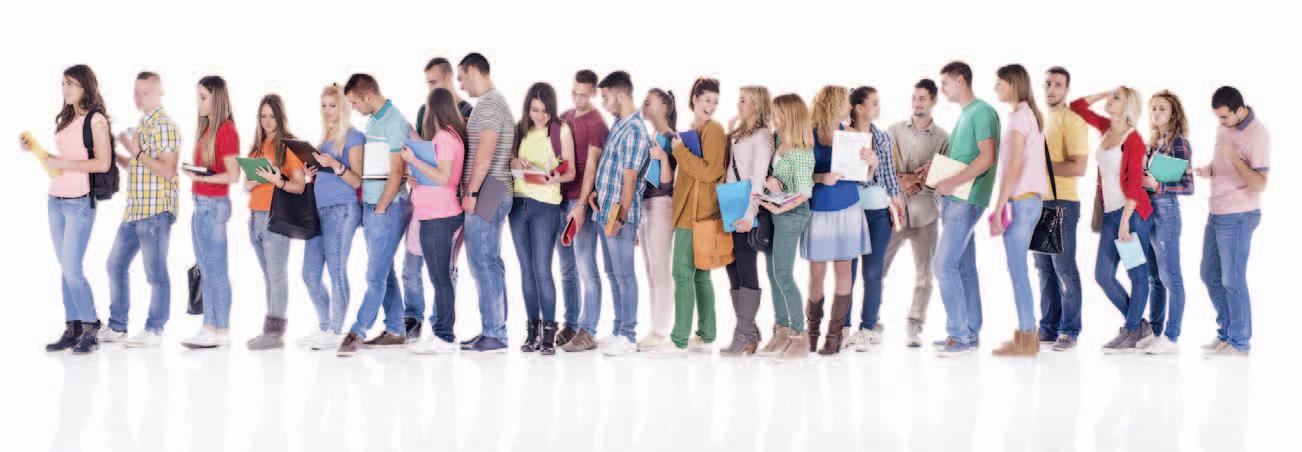People and places
Being biracial in Japan Elin Nakayama examines a cultural issue Everyone has their own identity, which should not be controlled or suppressed by others. Identity shows who we are and what we value. It helps to develop personal beliefs and opinions, allowing people to fit in with communities. Without identity, people would lose self-confidence leading to depression and there would be no originality in society. So why is it that biracial people who have one Japanese parent and one foreign parent find it difficult to develop their identity? Japanese society tends to differentiate between ‘foreign’ and ‘Japanese’. This results from the teaching of harmony and unity to Japanese people from a young age, when Japanese children learn the importance of keeping order in society by sharing the same perspectives, values and culture. With unity and harmony, people act together as a whole, keeping peace in the community. However, because of this focus on unity, Japanese people draw a border between themselves and biracial people, or ‘hafu’. Many biracial people are distressed about developing their identity alongside the expectations of Japanese society. Differences in language, looks, and nationality can lead to isolation and friction between Japanese and biracial people. In a society that values unity and harmony, an individual may stand out from the rest in a significant way because of his or her differences. To fit in, he or she must change and suppress their identity. This is not always possible for biracial people. One scenario is when a biracial person feels Japanese, but others do not accept his or her differences. The biracial person is then treated differently from ‘normal’ Japanese people, even though they have tried to fit in. The gap between self-image and recognition from others does not match in this case, leading to discomfort for the biracial person. Another difficulty is the expectations other people have of biracial people. Since biracial people have two or more
Spring
Autumn |
| 2016
nationalities, others expect them to be able to speak a second language well. In addition, many Japanese people have a stereotypical image of a biracial person that comes from the media. Two very famous biracial models in Japan are Becky and Rola, who both fit the same stereotype of Japan’s idea of beauty: slender with light skin colour and large eyes. Japanese people expect all biracial people to be similarly beautiful. This can lead to disappointment for others if a biracial person does not meet their expectations. Being placed under this pressure can create stress for biracial people and challenge their idea of who they really are. To help biracial people develop their identity, it is important to include them in conversation. By making connections, biracial people will be made to feel like a part of society and not different from Japanese people. Also, being open-minded about accepting differences will help society to be a more comfortable place to live in, and allow both Japanese and biracial people to improve relationships between different races. This will then lead to multiculturalism for Japanese society and create in Japanese people a better understanding of biracial people and their problems. In this way, biracial people can develop their identity. Unity is necessary to keep harmony in society, but it is also important to allow some freedom for people to develop their own identities; otherwise, pressure from society can narrow down ideas and smother expression. Elin Nakayama is a student at Hiroshima International School, Japan. Though not herself biracial, Elin has many biracial friends and is interested in issues arising from their different backgrounds. Email: info@hiroshima-is.ac.jp
69























